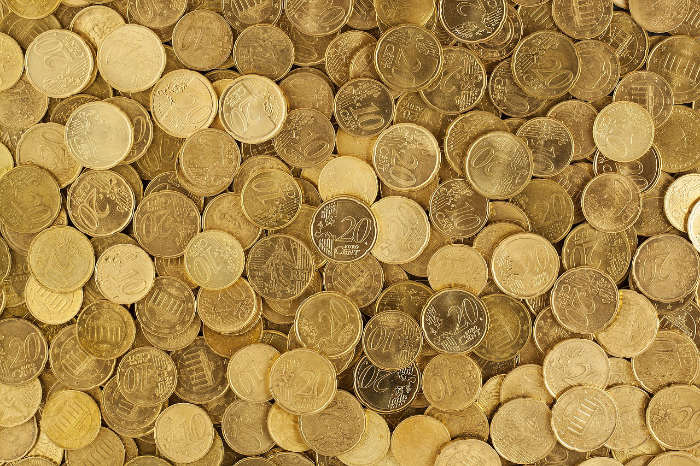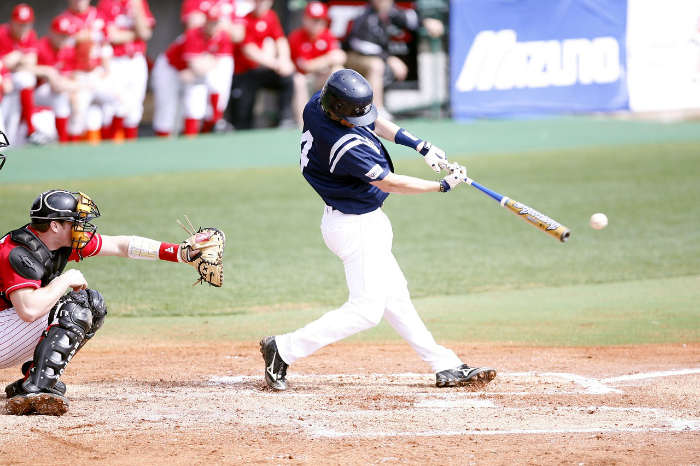What Country Invented Soccer (Football)?

Country | Relevant Years↓ | Additional Details | |
|---|---|---|---|
| Greece | unknown/600s | The Ancient Greeks are known to have played a variety of ball games, including "Episkyros", which resembled rugby or American football. Balls were often made of shreds of leather and filled with hair, until balls filled with air appeared around the 7th century. Ball games had a low status and were excluded from the Panhellenic Games. | |
| Australia | unknown/1800s | Played by Aboriginal Australians, Marn Gook may be even older than China's cuju. However, the rest of the world did not learn about the game until white emigrants arrived in Australia in the 1800s Also most of Marn Gook's rules have been lost to time, what is known is that it primarily involved kicking a ball made of encased leaves or roots and that keeping the ball in the air was an fundamental aspect of its gameplay. | |
| Italy | 43 AD - 410 AD | A ball-based game called "Harpastum", derived from the Greek game Episkyros, played a role in military training. However, ball-based games were generally not considered entertainment worth watching in arenas. The Romans are credited with introducing their version of a ball-based game to the British during the Roman occupation beginning in 43AD, though it is unclear how much influence had on the ball games the Brits were already developing at that point. | |
| China | 206 BC | The early days of the sport take us to China's Han dynasty, which lasted from 206 BC to 220 AD. During this time, an early form of kickball called "Ts'u-chü"—pronounced "tsoo-joo" and alternately spelled "cuju"—was invented. | |
| United Kingdom | 1100s/1863 | England is typically credited for inventing the modernized version of football/soccer, beginning in the 12th century. Early forms of the game were rougher and more rugby-like—punching the ball with one's fist was allowed, and games frequently spread across entire neighborhoods and resulted in property damage and serious (sometimes fatal) injury to the players. This led to the game being outlawed for centuries, though it would occasionally resurface (and get banned again). By the time it was re-banned in 1835, the game was taught in schools. Over time, the game split into two variations, one of which would evolve into modern rugby and the other of which, called "eton" at the time after a well-known school where it was played, evolved into soccer/football. The rules began to take shape in Cambridge in 1948, and the founding of the first Football Association in 1863 helped further standardize both the rules and the size and weight of the ball. . |
- The earliest known ball-based game was Tchatali, played by the Aztecs more than 3,000 years ago. However, it appears to have had more in common with modern basketball than football/soccer.
Modern-day football, otherwise known in other countries as “soccer” first came to fruition in England in 1863. However, Greece, China and other countries played similar games throughout the Roman Empire.
The Modern Football Game
Modern football became a more organized sport in the UK in 1863 with the founding of the Football Association (FA). It used to include many amateur players until the sport gained worldwide traction. By 2018, the association games had more than a billion viewers, including people watching it online or by TV for at least 90 minutes.
Football Association Formation
After the FA first formed, players didn’t receive any payment for play. In fact, the early days mandated that the teams do remain amateur. However, it became apparent that the sport would bring in revenue for countries, including China, Greece, Italy (Rome), France, Chili and Argentina.
Founding of The International Federation of Association Football (FIFA)
This may seem confusing, but the acronym of FIFA for a game invented by England doesn’t represent the initials of the English spelling of this association. That’s because France founded what they call the Fédération Internationale de Football Association (FIFA) in Paris. This took place in 1904.
Origin of The Word “Soccer”
The United States usually calls European football “soccer” to differentiate between that sport and NFL football. However, the word “soccer” does have British origins, according to Encyclopedia Britannica.
University of Oxford students used the term “ruggers” to mean “rugby football” and “soccer” when referring to association football. For most of Great Britain, the term “soccer” only took on a colloquial feel and never officially became the name of the game. On the other hand, other countries began adopting the word “soccer” when referring to this game.
Incidentally, people in France call the NFL football game “football américain.” Some English-speaking countries refer to the NFL game as “gridiron,” which also means “a frame of parallel bars” much like the goalposts you’d see in an NFL game instead of a goal net.
Earlier Football (Soccer) History
Evidence of football showed up as early as 206 BCE (B.C.). Apparently, Chinese soldiers played it – maybe to the pass the time when not on duty. In the 9th century, England begin making game balls out of pig bladder. Nowadays, soccer balls for European football are made from latex rubber or material that feels similar to it.
By 1848, Cambridge University began establishing formal rules for “football.” Soccer began showing up in schools across the country and then the world.



















